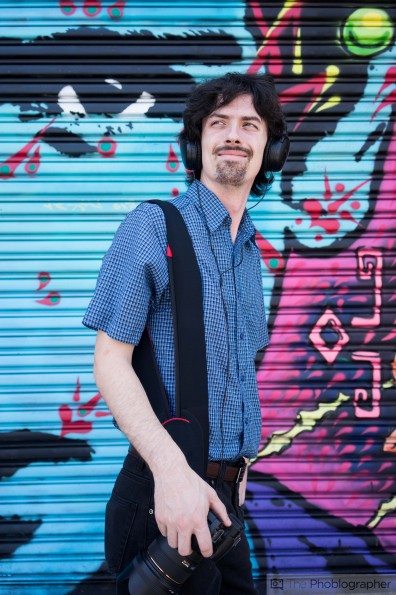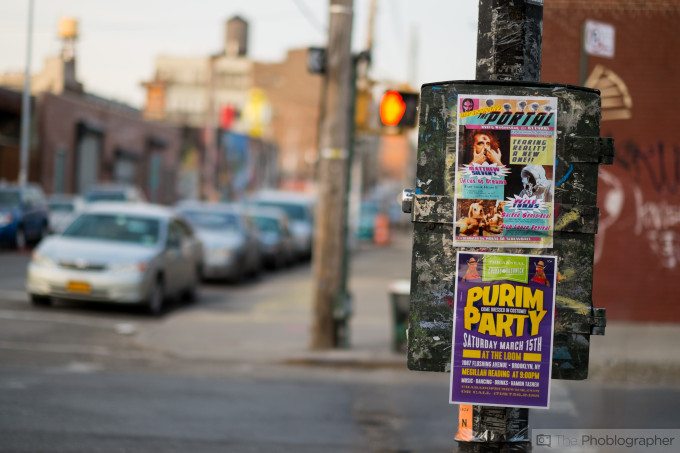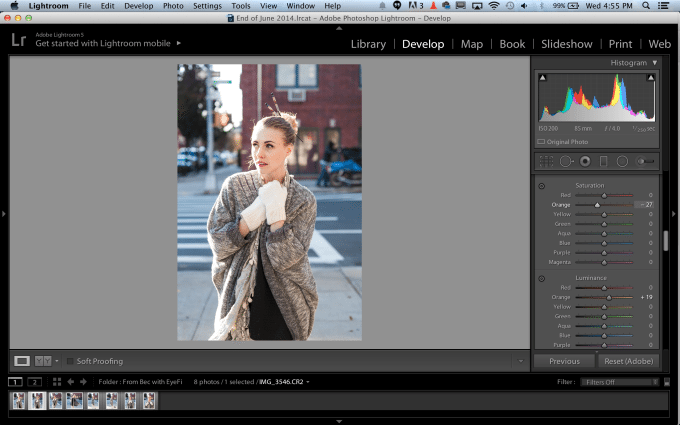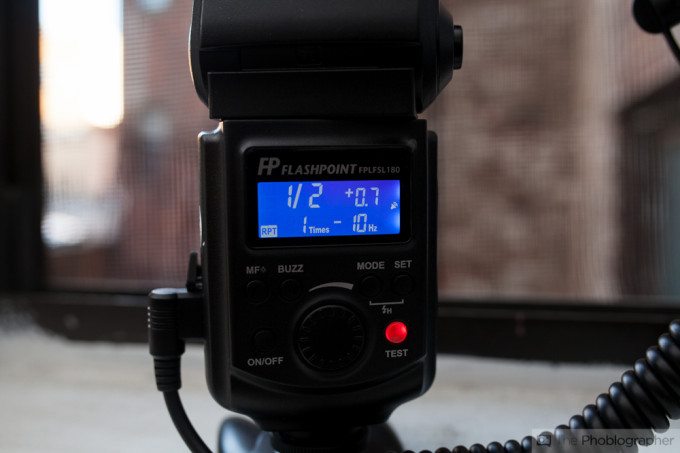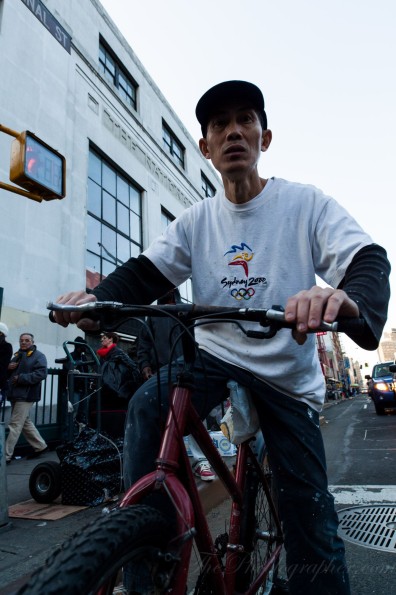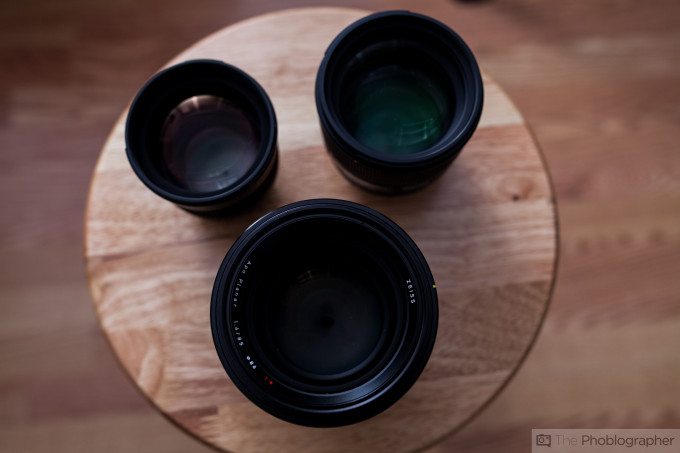Last Updated on 01/08/2015 by Julius Motal
Every photographer needs to start somewhere. But when they’re new, photographers also go through an exploratory phase where they need to find themselves. Unfortunately, not many take guidance or try to find ways to actually become better in the grand scheme of the photo world. Instead, they get sucked into traps and never find a way to get out of them to continue to evolve.
Here how you can spot those traps and how to get out of them.
Obsession with Bokeh
Got a brand new 50mm f1.8, otherwise known as the nifty fifty? New photographers often become enthralled by the fact that they can suddenly create images where only their subject is in focus and everything else is super blurry and hazy. It’s beautiful, and it eventually consumes photographers into only wanting to shoot everything with lots of bokeh.
While bokeh is an excellent way to make someone pay attention to a specific scene, it isn’t the best way to make all of your photos pop and stand out to someone. After a while, all of your images will start to look the same.
How to get over it: Stop your lens down and spend an entire week shooting only scenes with very little bokeh. Work on creating a better composition and finding other ways to make subjects stand out from a scene that way.
Not Wanting to Shoot in RAW And Edit Your Images
When you get your hands on a brand new DSLR or mirrorless camera, many people only start shooting in JPEG, and they tend to never go beyond that.
RAW images, on the other hand, are the equivalent of negatives in the film world. They give you much more versatility and can even teach you more about exposures and saturation to get better results in the camera in the first place.
How to get over it: Start shooting in RAW and editing RAW images. Every manufacturer provides their cameras with some sort of software to edit their images with. Start off with that and then move onto Lightroom or something else.
Believing that Flash is Only Used to Add Light to a Scene
When photographers first start experimenting with using a flash, they tend to work with the pop-up flash on their camera. Then they start to not use it, and instead only work with ambient lighting. This often leads ultimately to someone labeling themselves as only a “Natural Light Photographer.”
These folks also believe that flash is only used to add light to a scene. They’re dead wrong.
How to get over it: Flashes are not only used to add light to a scene, but can also be used creatively to stop motion, dramatize motion, or completely change the mood of a scene. They’re a creative tool, and perhaps the most popular and important tool that any photographer can have after a creative vision.
Not Getting Close to Their Subjects
Pretty much every interchangeable lens camera these days comes standard with a kit zoom lens. But many folks often end up purchasing a two zoom lens kit. The problem with this is that they tend to rely on zooming as a crutch and never get close to their subjects–therefore not always creating a sense of intimacy in their images. This also leads down into the trap of the photographer never interacting with their subject and instead just seeing a picture instead of a person or an object that deserves care, love, and thought.
How to get over it: Shoot with all primes–this means that in order to capture an image that you’re going to need to move back and forth to get the composition that you want and you’ll also think much more about the image that is created. Do this for around a year and then start working with a couple of zoom lenses.
Not Using Manual Settings, Especially Autofocus Points
When shooting with an ILC camera, your camera is immediately programmed to focus on whatever it thinks would be best. But what the camera thinks will be best isn’t always what you want. This will result in many images being out of focus.
But this goes further than with just autofocus points–no photographer ever won awards using the running man mode. It’s easy for someone to purchase the camera and do nothing else but shoot in auto. In which case, this is a completely wasted purchase.
How to get over it: Set your camera to manual mode and learn all about aperture, shutter speed, ISO and the different focusing modes and points. We’ve got a tutorial in just over eight minutes here for you.
Thinking That They Need New Gear to Improve Their Photography
Theoretically, a camera with a larger sensor can make images look better. But with that comes knowledge of needing to utilize the camera to actually create the better images. Otherwise, why use the camera if it doesn’t give you what you want.
How to get over it: No new gear in the world will ever make you a better photographer. Can it help? Surely. But it can also hamper your creativity. What it will most likely do is give you a way to use it in a new and creative manner. To that end, you need to find a way to use it creatively and make your creative abilities broaden.
Believing that They Can Handhold a Shot at 1/15th of a Second
Image stabilization is great–it allows you to handhold your camera to shutter speeds that you couldn’t do before. But it isn’t the cure all for shooting photos. Combine this with the fact that many new photographers don’t practice good habits when shooting images and hand-holding their cameras to get the most stable images that they can, and you’ll come back with nothing but blurry images.
How to get over it: Raise your ISO a tad and shoot at a faster shutter speed. Yes, you’re afraid of and hate image noise, but it can easily be removed with editing software. Also learn to tuck your elbows into your body when shooting. It will provide much more stability for you.
Focusing So Much on Just Shooting and Not Being Selective
New photographers will try to buy the largest memory card that they can get their hands on and shoot to their heart’s content. That’s all well and good, but it means that you come back with a whole load of images and no way to sort through them or no effort to actually look at them.
How to get over it: Practice trying to get the scene in one shot by always thinking about exposure levels, composition, and not using the continuous shooting mode. That way, you’re going to have to train yourself to get the shot in one go.
Not Building a Specific Portfolio that Emphasizes Their Strengths
Every new photographer tries to shoot anything and everything–this is part of the growing phase. Then when they want to get hired they’ll say that they can shoot weddings, concerts, portraits, headshots, engagements, etc.
How to get over it: Every photographer needs to specialize to survive. Most landscape photographers know nothing about how to position someone’s shoulders and most wedding photographers know nothing about crowd and musician interaction at a concert.


